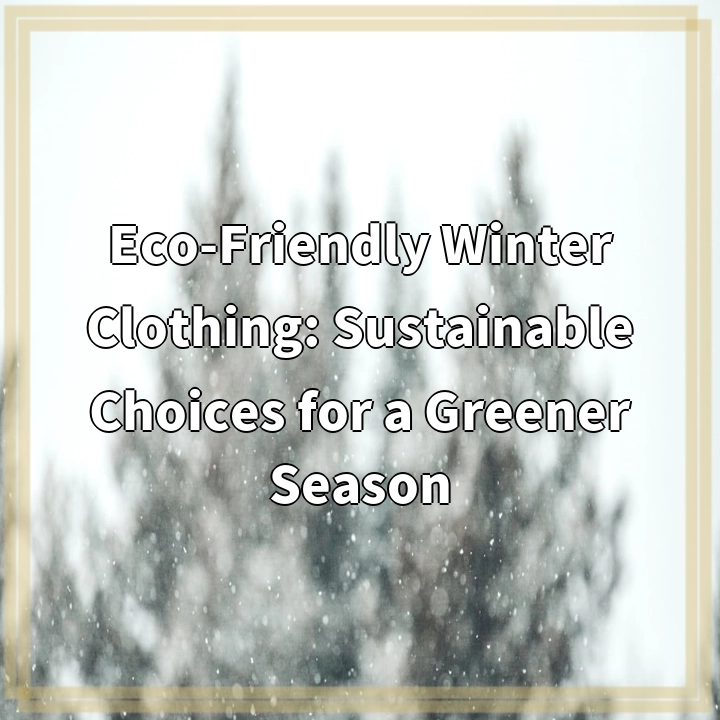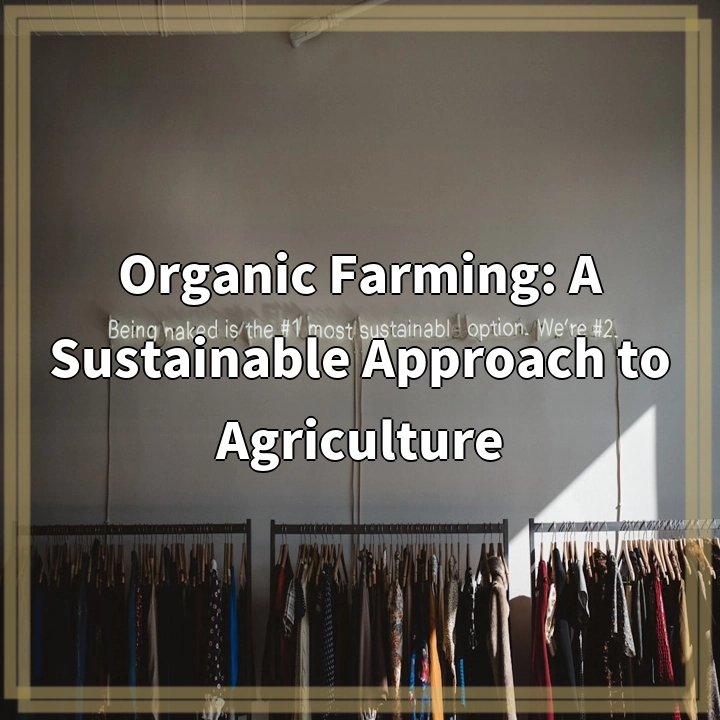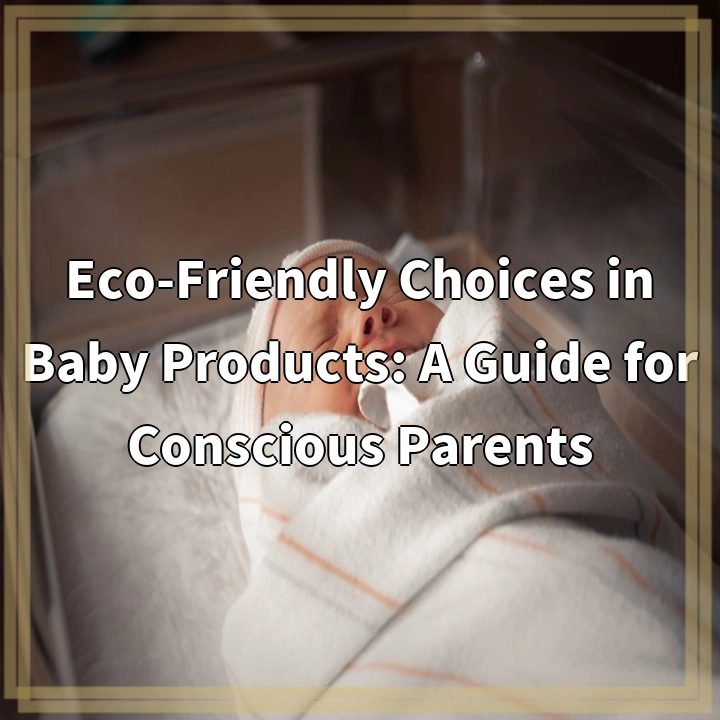
What it is:
Eco-friendly winter clothing refers to garments that are designed with environmental sustainability in mind. This can include the use of organic or recycled materials, sustainable production methods, and ethical labor practices. Such clothing aims to reduce the overall ecological footprint associated with the fashion industry while providing warmth and comfort during the colder months. Eco-friendly winter wear might feature materials like organic cotton, recycled polyester, Tencel, or wool sourced from humane and sustainable farms.
Features of Eco-Friendly Winter Clothing
Typical features include insulation made from recycled materials, natural dyes to minimize chemical use, and designs that promote durability and longevity. Brands dedicated to sustainability often prioritize transparency in their supply chains, allowing consumers to make informed choices about their purchases.
Real-world problems
Despite the numerous benefits of eco-friendly winter clothing, there are significant challenges in its adoption and production. One key issue is the higher cost associated with sustainable materials and ethical manufacturing practices. This often makes eco-friendly options less accessible to a wider audience, as many consumers still prioritize affordability over sustainability.
Environmental Impact of Conventional Fabrics
Additionally, traditional winter clothing is often made from synthetic materials like polyester and nylon, which are derived from fossil fuels. The production and disposal of these materials contribute to environmental degradation and pollution. Fast fashion’s emphasis on rapidly changing trends exacerbates this problem by promoting a throwaway culture, leading to increased waste in landfills and the depletion of natural resources.
Consumer Awareness and Behavior
Another real-world problem lies in consumer awareness and behavior. Many individuals are still unaware of the environmental consequences of their clothing choices or may lack knowledge about the benefits of sustainable alternatives. Moreover, there is often confusion about what constitutes “eco-friendly” clothing, as some brands may engage in “greenwashing” – marketing their products as sustainable without substantial evidence to back their claims.
Production Challenges
Finally, the apparel industry continues to face significant challenges in scaling sustainable practices. Access to eco-friendly materials can be limited, and sourcing them may be unreliable. Manufacturers dedicated to sustainability must navigate the intricacies of supply chain logistics, which can hinder their ability to meet consumer demand while staying committed to ethical practices.

Solutions for Eco-Friendly Winter Clothing
Addressing the challenges associated with eco-friendly winter clothing requires a multifaceted approach from consumers, brands, and policymakers. By embracing sustainable practices and promoting awareness, we can work towards a greener future in fashion.
Affordable Sustainable Options
One solution is to advocate for and support brands that prioritize affordability alongside sustainability. As consumer demand for eco-friendly options grows, companies may be incentivized to innovate and find cost-effective methods for producing sustainable winter wear. The increased availability of budget-friendly sustainable clothing options will help make eco-friendly choices accessible to a wider audience.
Education and Awareness Campaigns
Implementing educational and awareness campaigns can play a crucial role in informing consumers about the environmental impact of their clothing choices. Through workshops, social media platforms, and community events, consumers can learn about the benefits of eco-friendly winter clothing and be equipped with the knowledge to make informed decisions, reducing reliance on fast fashion.
Promoting Transparency in the Fashion Industry
Encouraging transparency in the supply chain will help consumers identify genuine sustainable brands. Implementing certifications and labeling systems can guide consumers in selecting eco-friendly clothing while holding companies accountable for their environmental claims. This transparency will also help to mitigate greenwashing, fostering trust between consumers and brands.
Supporting Local and Sustainable Brands
Supporting local artisans and sustainable brands can drive positive change within the industry. By purchasing from makers who prioritize ethical production practices, consumers can encourage more businesses to adopt sustainable methods. This can also help strengthen local economies and promote job creation in sustainable sectors.
Policy Advocacy and Support
Lastly, advocating for policies that promote sustainability in the fashion industry is crucial. This includes government incentives for sustainable practices, regulations against greenwashing, and support for research into eco-friendly materials and production methods. Such initiatives can create a more favorable environment for sustainable clothing production and drive long-term systemic change.















